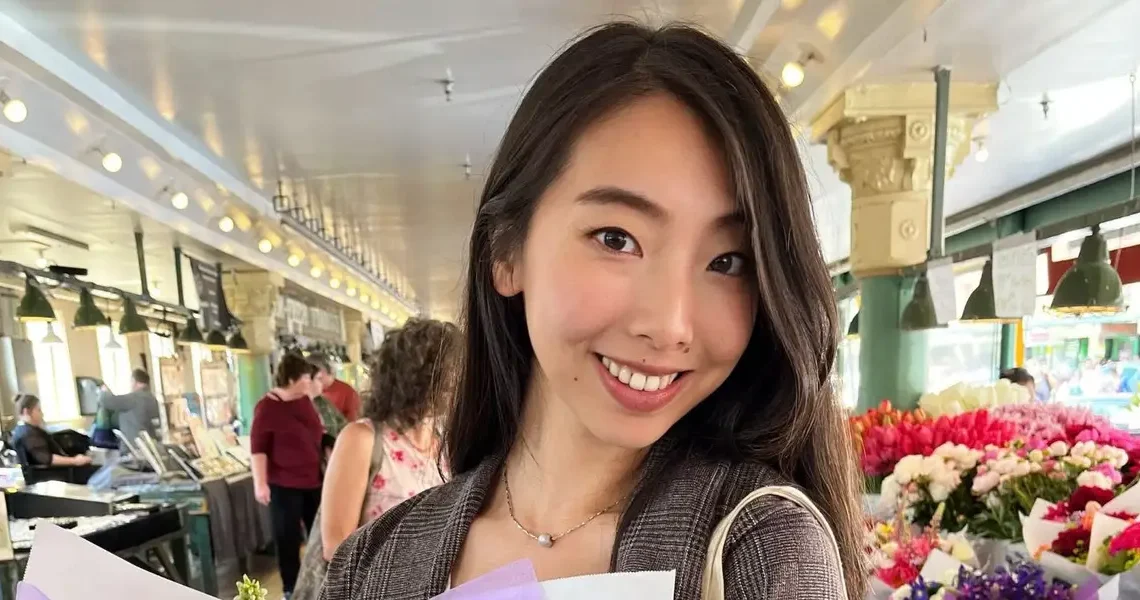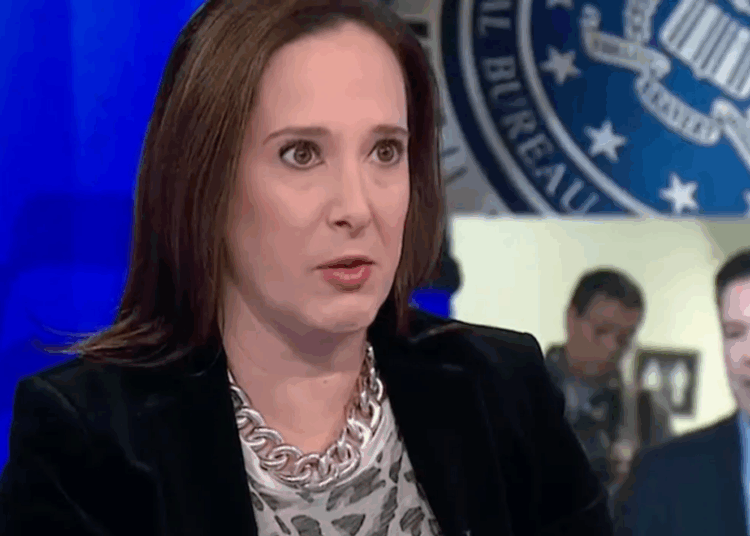This as-told-to essay is based on a conversation with Sophia Sun, 29, from San Francisco. The following has been edited for length and clarity.
My first job out of college was at Microsoft, where I worked as a program manager and product manager from 2018 to 2023.
In January 2023, I left my Big Tech job to work for a creator commerce platform. There, I developed an AI product, which led to me landing a senior AI role at Microsoft in July 2024.
In the current job market, AI feels like the safest domain to be an expert in.
My playbook for breaking into AI is to find a real user problem, design a lightweight AI solution, and turn it into proof of work.
I left Microsoft and gained AI product experience at my next job
After joining Microsoft in 2018, I worked on the team of an augmented reality headset device, Microsoft HoloLens, for 2.5 years. Then I moved to an edtech team for a further two years.
Around the time I started at Microsoft, I created my own podcast. I wanted to help creators like myself build their businesses, so I started interviewing for jobs with creator economy firms. In January 2023, I left Microsoft to join Kajabi, a company that developed a business platform for creators and entrepreneurs, as a senior product manager.
At the time, I wanted to build a content repurposing tool to help creators increase their reach. Many creators lack marketing experience, and I imagined the tool would use AI to generate content, for example by taking the transcript from a podcast episode and condensing it into a blog. I thought it could also chop up a creator’s hourlong video into short-form videos for TikTok and Instagram.
Before pitching the idea for the tool, I waited around a month after joining the company to understand its priorities. I got the green light and started working on the project around April 2023 with engineers and marketing teammates at Kajabi.
I learned on the job to create an AI product
I hadn’t built an AI product myself before, though I was familiar with AI-powered technologies.
I struggled to find resources online explaining how to launch AI products, so I read blogs about things like product pricing that weren’t focused on AI products, and then talked to my manager about how we could tweak that guidance to be relevant to us.
Engineering different prompts was key to the project, for example, to generate a good blog post versus a good LinkedIn post. I worked with my engineering team to build an internal tool that easily tested prompts for the main tool and compared them simultaneously.
It was helpful to build infrastructure that could help us iterate and experiment quickly. If your company doesn’t have internal tools for testing, I’d suggest building them.
I had around 200 of my own podcast episodes that I could use as testing material by running them through the tool and seeing what marketing materials it made. If I were generating a blog post and the tool didn’t quite capture the most important parts of the episode, I would tweak the prompt to improve the output.
My AI product helped me sell myself at Microsoft
We launched the product, called Creator Studio, in March 2024. I loved working at Kajabi, but I wanted to work on a team where people had more experience with AI.
Shortly after the launch, I saw Microsoft was hiring for a team developing generative AI to make visual content, like posters and infographics.
I was excited about the role because I felt that, while there’s a lot of industry-wide emphasis on using AI for text generation, we still haven’t figured out how to use AI for images and video that well. By joining a visuals team, I thought I would learn skills that others would have to catch up to later, helping me future-proof my career.
I practice a lot for my interviews. No matter how experienced you are, you have to practice telling your story in a way that makes sense to an audience meeting you for the first time.
Develop your understanding of what makes a good AI product
I rejoined Microsoft in July 2024 as a senior AI product manager. I think the fact that I could talk about my end-to-end experience building an AI product at Kajabi helped me land the role. I could show I identified a business problem and explored solutions, and I had a thorough story about what worked and what I learned when things failed.
Having awesome grades is one thing, but if you’ve built an actual AI project, it demonstrates your abilities.
Developing a sense of what makes a good AI product is something you can do every day. Test out whether an AI agent can solve a real problem for you, like booking your flights.
If your company isn’t really working on AI, you can pitch a project, like I did.
Do you have a story to share about pivoting into AI work? Contact this reporter at [email protected].
Read the original article on Business Insider
The post I got a senior AI job at Microsoft to help future-proof my career. 3 key steps made up my playbook to get here. appeared first on Business Insider.




